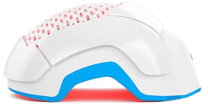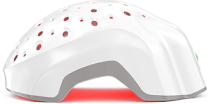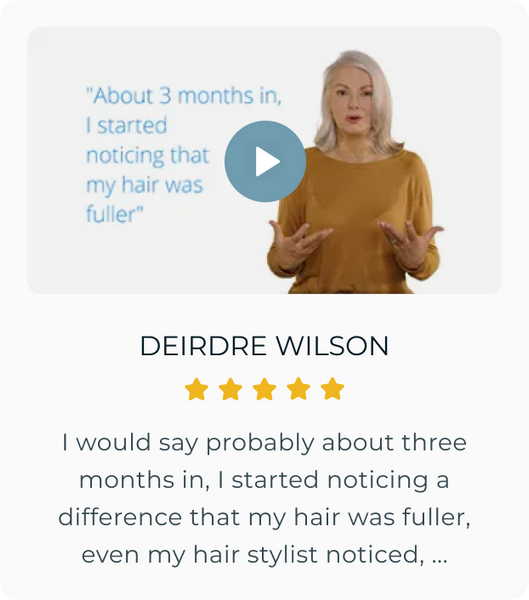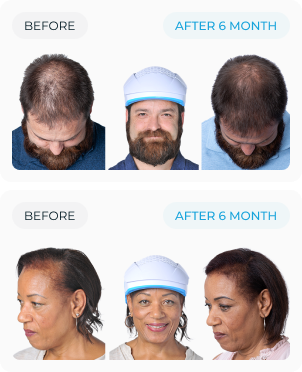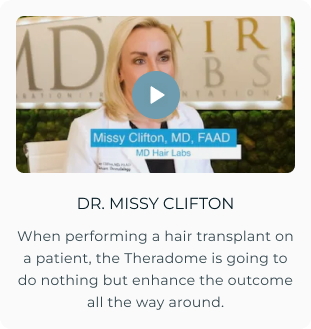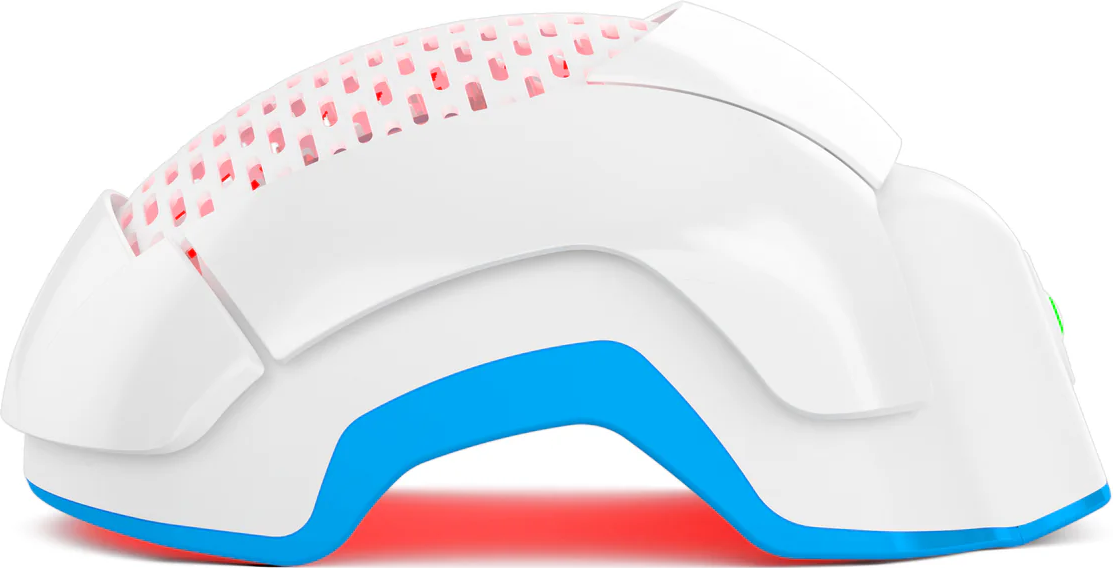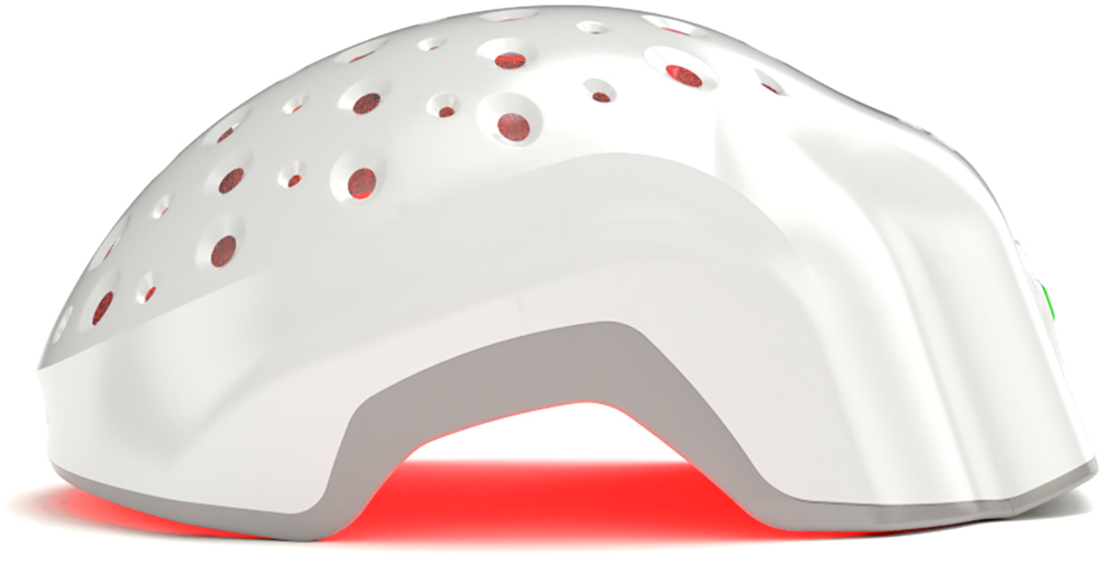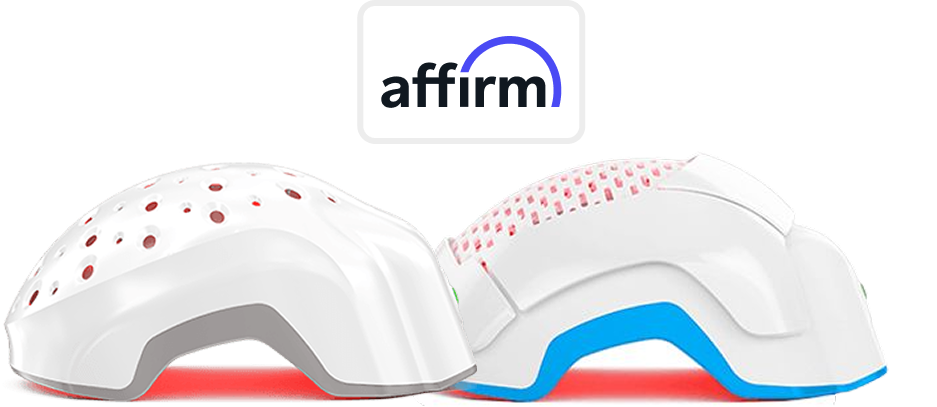Keratin for hair growth sounds like it should be a no-brainer. After all, keratin is the very thing your hair is made of—so more of it should mean more growth, right? That assumption has launched an entire aisle of shampoos, salon treatments, supplements, and home remedies, all promising faster, fuller results, often with a glossy before-and-after to match. But most people pouring keratin into their routines have no idea what it actually does—or doesn’t do—for their follicles.
And that’s where things get murky. Because while keratin may repair damage and help your hair look healthier, that doesn’t necessarily mean it’s revving up your hair growth cycle or waking up dormant follicles. It’s a surface-level fix being sold as a deep-rooted miracle. And yes, the beauty industry has made a killing off that blurred line.
But the science is not playing along. There’s a difference between coating hair and creating it. Between strengthening what you’ve got and stimulating something new. And if you’re chasing keratin for hair growth without understanding where the real benefits end, you're likely just smoothing your way into disappointment.
Let’s break this all down: what keratin actually is, what it can (and can’t) do, and why relying on it alone to grow your hair might be like asking drywall filler to build you a new house.
What Is Keratin & Why It Matters for Hair?
Keratin is a fibrous protein naturally produced by your body. Think of it as scaffolding for your hair strands—it gives structure, strength, and shape to each shaft. Without it, your strands would be fragile, limp, and about as dependable as wet tissue.
But the keratin your body makes isn’t just for hair. It also builds your skin and nails. But when it comes to hair health, keratin acts like the glue that holds the cuticle layers together, shielding your inner cortex from environmental damage, heat, and chemical stressors.
However—and this matters—topical keratin doesn’t magically penetrate your hair follicles and tell your hair to grow. It fills in damaged gaps in the cuticle. That’s all. Your body still relies on diet, hormones, and follicular health to produce its own keratin proteins for hair from within.
How Keratin Supports Hair Health
You’ll hear it said often: keratin doesn’t trigger growth. That’s technically correct. But in the real world, there’s nuance. Keratin helps preserve the length you already have by shielding it from daily wear and tear. So while it doesn’t make follicles sprout faster, it does help you hold onto the inches you’ve earned.
Strengthens & reduces breakage
Keratin treatments essentially coat your strands in a layer of protein armor. That’s why they’re such a staple in a keratin hair growth treatment plan—not because they stimulate growth, but because they stop split ends and breakage from stealing length before you’ve had a chance to enjoy it. This is especially helpful if you're trying to grow past shoulder length without looking like you've been sparring with a tumble dryer.
Also Read: Why doesn't your hair grow past shoulder length?
Improves texture & shine
By sealing the cuticle (that outermost, shingle-like layer of your hair), keratin smooths out roughness, reduces frizz, and reflects more light. This gives the illusion of thicker, fuller strands. So while it doesn’t make new hair grow, it certainly gives your existing hair a cosmetic upgrade—keratin and hair thickness are often correlated in this way.
Makes hair easier to style
Fewer tangles. Faster blow-drying. Less drama with flat irons. Keratin-infused strands resist the torture tools of modern styling a little better. And the less breakage you rack up during styling, the more your length stays intact.
What Are the Types of Keratin Products?
Not all keratin is the same, and definitely not all keratin treatments behave the same way.
Keratin treatments
Professional keratin treatments—like Brazilian blowouts—use chemical bonding and heat to “lock” keratin into the shaft. Results can last 3–6 months. These aren’t growth boosters. They're texture tamers. And they can get intense, especially with repeated use or formaldehyde-heavy formulas.
Keratin-enriched hair products
These include shampoos, masks, conditioners, and serums with hydrolyzed keratin (which is broken down into smaller pieces your hair can actually absorb). These are band-aids for damaged cuticles, great for ongoing maintenance.
Keratin supplements
Oral supplements containing keratin peptides? Let’s just say the hype is louder than the science. Current evidence supporting keratin supplements for actual growth is pretty thin.
Does Keratin Help Stop Hair Fall?
Yes—but with a caveat. Keratin won’t fix internal causes of hair fall like hormones or illness. But it strengthens the outer strand, which:
- Reduces breakage that’s mistaken for fallout
- Helps retain length by minimizing mid-shaft splits
- Makes brushing and styling gentler on already fragile hair
How Does Keratin Deficiency Affect Hair Growth?
When your body lacks the building blocks to produce keratin—often due to inadequate protein intake or nutrient deficiencies—hair strands become brittle. Weak keratin structure leaves hair prone to snapping before it clears your shoulders, making it feel like you’re “not growing” hair, when really it’s just not surviving long enough.
Over time, poor keratin production can affect follicle integrity too. Your strands may grow slower, look thinner, and feel drier. This is why protein-rich diets and scalp support are crucial if you're serious about hair resilience and length.
Keratin Vs Biotin for Hair Growth
When it comes to hair growth supplements or products, keratin and biotin tend to end up in the same shopping cart—and often for the wrong reasons. They’re thrown around in conversations like interchangeable magic ingredients, but they’re fundamentally different. One builds the structure of your strands, the other fuels the process that makes those strands in the first place. Knowing the distinction matters, especially if you're trying to treat breakage versus actual growth from the follicle up.
|
Feature |
Keratin |
Biotin |
|
Function |
Structural protein in hair |
B-vitamin for cell growth |
|
Source |
Body-made + topicals |
Found in food or supplements |
|
Impact on Growth |
Strengthens existing strands |
Supports new growth via metabolism |
|
Use in Products |
Serums, treatments, conditioners |
Often in supplements or gummies |
|
Side Effects |
Buildup, rigidity (if overused) |
Rare, but may cause acne or cramping |
How to Avoid Potential Risks?
Let’s not pretend keratin is all shine and no shadow. Watch for these side effects:
-
Formaldehyde exposure: Especially in salon treatments. Can cause scalp sensitivity or breathing issues.
-
Product build-up: Too much protein without enough moisture = stiff, crunchy hair.
-
Allergy or sensitivity: Some scalps just say “nope.”
Smart keratin use looks like:
- Starting with lower concentrations and checking your scalp’s mood
- Opting for formaldehyde-free formulas
- Using sulfate-free shampoos to keep results intact
- Alternating keratin with deep hydration so your hair stays strong and bendy
What Are the Alternatives of Keratin Treatment for Hair Loss?
Keratin helps reinforce the hair you’ve already grown, but let’s talk about real regrowth:
-
Nutrition & lifestyle: A balanced diet with protein, iron, zinc, and good sleep hygiene does more for follicular health than a shelf of protein sprays.
-
Evidence-based treatments: Topical minoxidil, DHT blockers, PRP, and LPT are rooted in science and hit the issue at follicle level.
Conclusion
Keratin does a stellar job at strengthening the strands you already have—but it’s not a follicle whisperer. It won’t wake up dormant follicles or speed up your growth rate. That said, when you’re battling mid-length breakage or the brittle strands of over-processing, keratin earns its spot in your routine.
The smarter play is using keratin to support strand resilience, but don’t rely on it as your miracle worker. For real growth, you’ll need targeted treatments such as topical medications and laser hair growth devices like Theradome, a balanced diet, and follicle-first care that supports hair from root to tip. Your hair deserves the truth, not just another pretty bottle.


